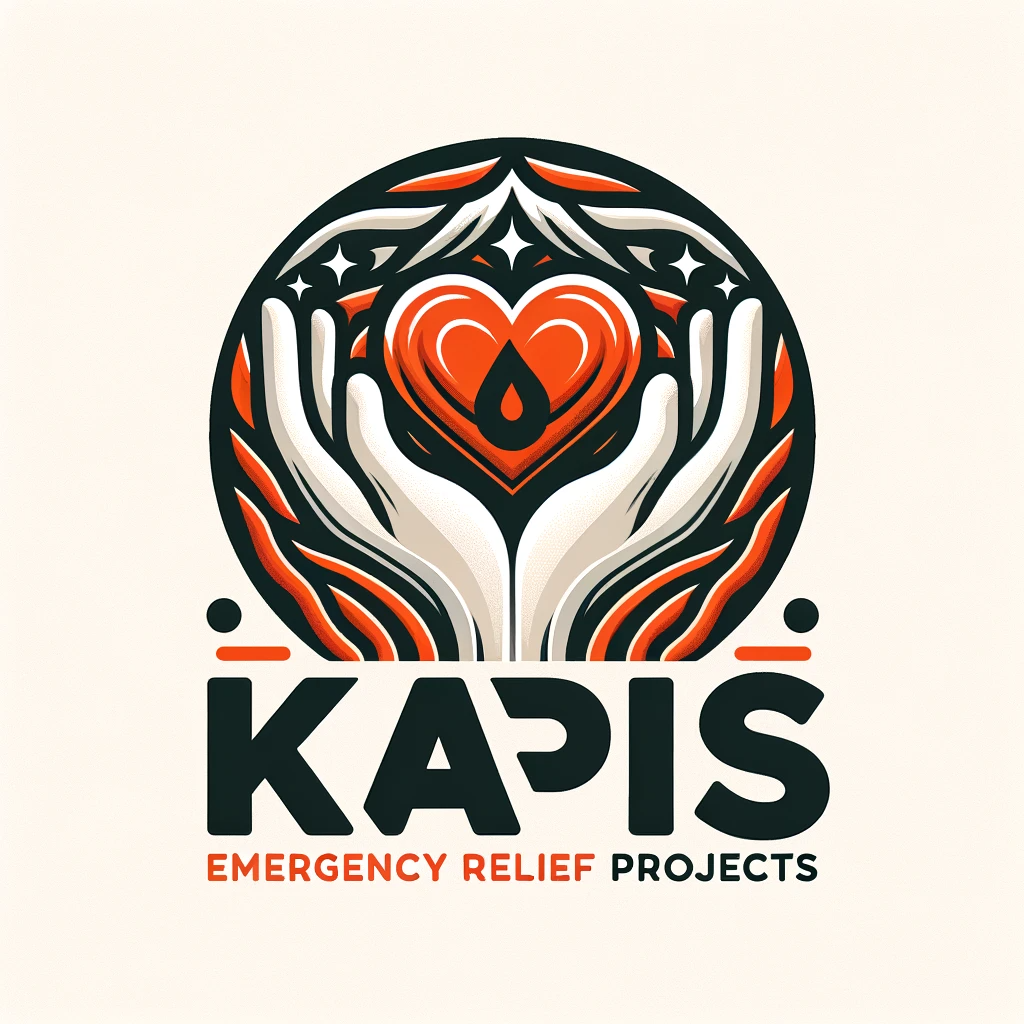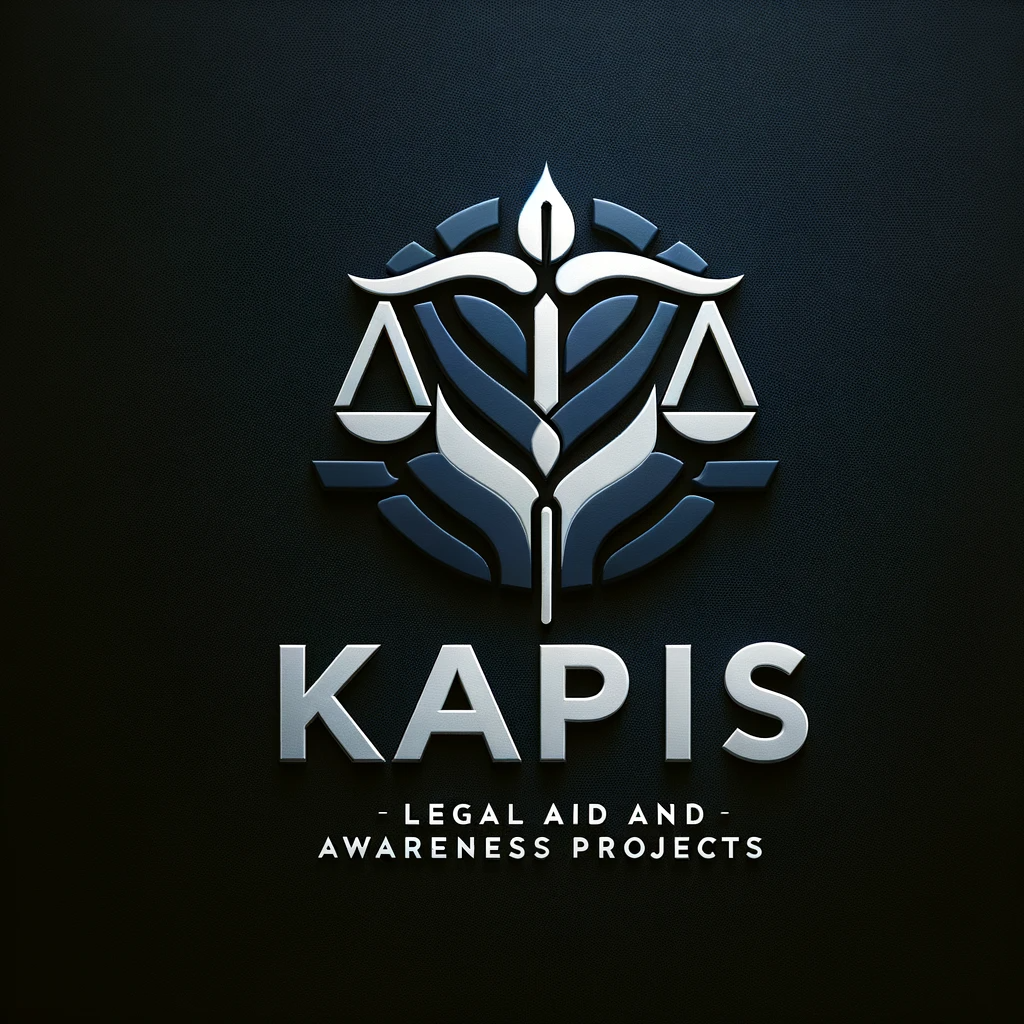
Emergency Relief
Emergency Relief Projects are critical initiatives undertaken to provide immediate assistance and resources in the aftermath of a disaster or crisis situation. These projects are essential for mitigating the immediate impact of the disaster, ensuring the basic needs of affected populations are met, and laying the groundwork for long-term recovery and rebuilding efforts. The scope of emergency relief can vary greatly depending on the nature and scale of the disaster.
Introduction to Emergency Relief Projects
- Objective: The primary goal of emergency relief projects is to provide rapid and effective assistance to communities and individuals affected by disasters, such as natural calamities ( floods, hurricanes), man-made crises (wars, industrial accidents), or health emergencies (epidemics, pandemics).
- Key Components: These projects typically involve the provision of basic necessities like food, water, shelter, and medical aid. They also include efforts to ensure the safety and security of affected populations, restore critical infrastructure, and provide psychological support.
- Implementation: Emergency relief is often a collaborative effort involving various stakeholders including governments, international organizations, non-governmental organizations (NGOs), donors and local communities. Rapid assessment, efficient logistics, and effective coordination among these entities are crucial for the success of these projects.
Examples of Emergency Relief Projects
- Provision of Basic Needs: Distributing essential items such as food packets, clean water supplies, temporary shelters, and medical kits. For instance, setting up refugee camps with essential amenities for people displaced by conflict or natural disasters.
- Medical Assistance: Establishing mobile clinics or temporary hospitals to provide medical care to those injured in a disaster. This can also include vaccination drives during a health emergency like an epidemic.
- Rescue Operations: Conducting search and rescue operations immediately after a disaster to save lives and recover bodies. This often involves specialized teams and equipment.
- Rebuilding Infrastructure: Restoring essential services and infrastructure like electricity, water supply, and transportation links that are critical for normalcy post-disaster.
- Psychological Support: Offering counseling and mental health services to help individuals cope with the trauma and stress resulting from the disaster.
- Education and Awareness Programs: Initiating programs to educate the affected population about safety measures, hygiene practices, and other crucial information post-disaster.
- Long-term Rehabilitation Support: Assisting in the longer-term aspects of recovery, including rebuilding homes, schools, and community centers.
- Cash Assistance and Livelihood Support: Providing financial aid or support for income-generating activities to help individuals rebuild their lives and livelihoods.
Emergency relief projects are often the first line of response in a disaster, and their effectiveness can significantly influence the recovery and resilience of the affected communities. They play a pivotal role in saving lives, reducing suffering, and maintaining human dignity in the face of crisis.





